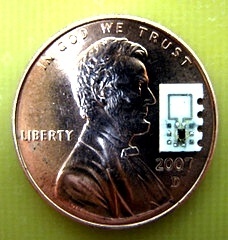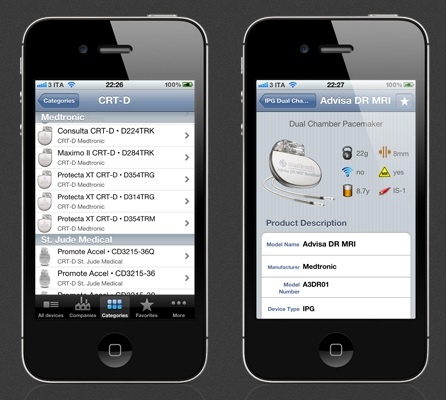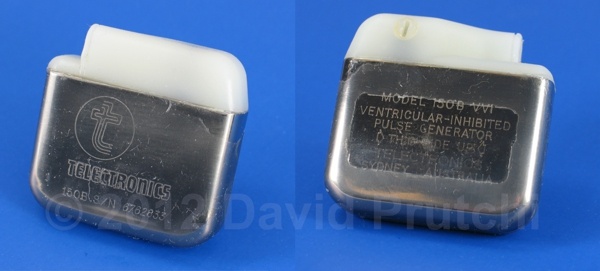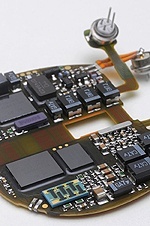
Image Credit: Stanford University
Stanford Engineering assistant professor Ada Poon demonstrated a tiny, wirelessly powered, self-propelled medical device capable of controlled motion through blood. The device drives electrical current directly through the fluid, which in the presence of an external magnetic field creates a directional force that pushes the device forward. This type of device is capable of moving at just over half-a-centimeter per second.
That was the news picked up by bloggers from Poon’s presentation at the International Solid-State Circuits Conference (ISSCC). However, what caught my attention is her work on inductive transcutaneous energy transmission. From Stanford’s press release: Continue reading




 In 1965, Australian medical device pioneer Noel Gray established Telectronics – Australia’s first manufacturing facility for producing pacemakers that were designed in-house. Telectronics was an innovative developer, achieving some major successes in the early cardiac pacing field, for example, Telectronics’ leads allowed narrowing the pacing pulse to its current nominal of 0.5 milliseconds; encapsulating the pacemaker in titanium instead of epoxy; using a microplasma weld to join the two halves of the pacemaker capsule; creating one of the first rate-responsive ‘demand’ pacemakers; and isolating the pacemaker’s battery in a separate compartment to deal with the problem of leaking mercury-zinc batteries.
In 1965, Australian medical device pioneer Noel Gray established Telectronics – Australia’s first manufacturing facility for producing pacemakers that were designed in-house. Telectronics was an innovative developer, achieving some major successes in the early cardiac pacing field, for example, Telectronics’ leads allowed narrowing the pacing pulse to its current nominal of 0.5 milliseconds; encapsulating the pacemaker in titanium instead of epoxy; using a microplasma weld to join the two halves of the pacemaker capsule; creating one of the first rate-responsive ‘demand’ pacemakers; and isolating the pacemaker’s battery in a separate compartment to deal with the problem of leaking mercury-zinc batteries. 


